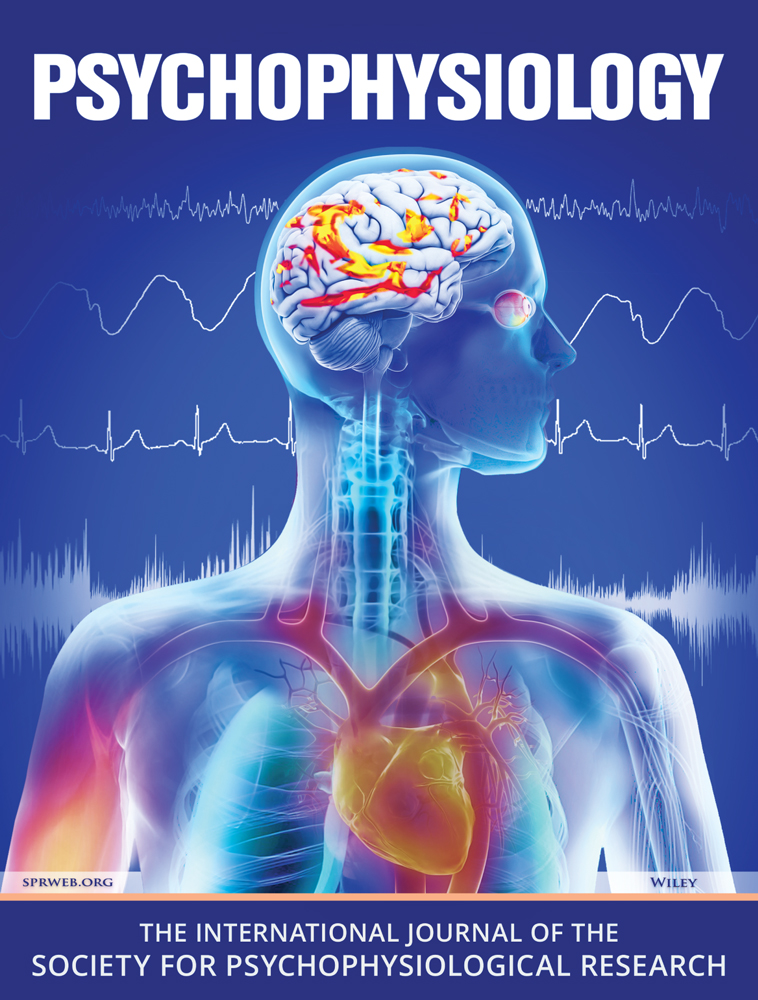- About Us
-
Products
- Product Overview
- Medical Products
- Research Products
- Solutions
- Patient Information
- Academic Frontiers
- Support
- Career
中文丨




Evidence-Based Guidelines and Secondary Meta-Analysis for the Use of Transcranial Direct Current Stimulation inNeurological and Psychiatric Disorders
Background Transcranial direct current stimulation has shown promising clinical results,
leading to increased demand for an evidence-based review on its clinical effects.
Objective We convened a team of transcranial direct current stimulation experts to
conduct a systematic review of clinical trials with more than 1 session of stimulation
testing: pain, Parkinson’s disease motor function and cognition, stroke motor function and
language, epilepsy, major depressive disorder, obsessive compulsive disorder, Tourette
syndrome, schizophrenia, and drug addiction.
Methods Experts were asked to conduct this systematic review according to the search
methodology from PRISMA guidelines.Recommendations on efficacy were categorized into
Levels A (definitely effective), B (probably effective), C (possibly effective), or no
recommendation. We assessed risk of bias for all included studies to confirm whether
results were driven by potentially biased studies.
Results Although most of the clinical trials have been designed as proof-of-concept trials,
some of the indications analyzed in this review can be considered as definitely effective
(Level A), such as depression, and probably effective (Level B), such as neuropathic pain,
fibromyalgia, migraine, post-operative patient-controlled analgesia and pain, Parkinson’s
disease (motor and cognition), stroke (motor), epilepsy, schizophrenia, and alcohol
addiction. Assessment of bias showed that most of the studies had low risk of biases, and
sensitivity analysis for bias did not change these results. Effect sizes vary from 0.01 to 0.70
and were significant in about 8 conditions, with the largest effect size being in
postoperative acute pain and smaller in stroke motor recovery (nonsignificant when
combined with robotic therapy).
Conclusion All recommendations listed here are based on current published PubMed-
indexed data. Despite high levels of evidence in some conditions, it must be underscored
that effect sizes and duration of effects are often limited; thus, real clinical impact needs to
be further determined with different study designs.
Key Words tDCS, clinical evidence, evidence-based medicine, neurological disorders,
psychiatric disorders.
 Download
Download 
IEEE Transactions on Affective Computing
10.5
张丹丹
清华大学
心理学
November 11,2022

Neuracle Medical Technology(Shanghai) Co.,Ltd
沪ICP备2021028361号 | 互联网药品信息服务资格证书:(沪)-非经营性-2021-0204